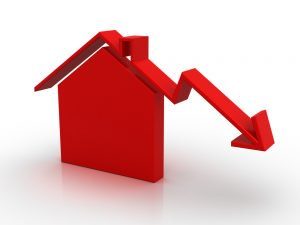 The number of foreclosures have decreased back to pre-crisis levels nationally as of April, according to the latest data from CoreLogic [1]. More homeowners are remaining current on their mortgage payments thanks to factors such as unemployment rates at an 18-year low, home prices above the pre-recession peak, and high-quality underwriting.
The number of foreclosures have decreased back to pre-crisis levels nationally as of April, according to the latest data from CoreLogic [1]. More homeowners are remaining current on their mortgage payments thanks to factors such as unemployment rates at an 18-year low, home prices above the pre-recession peak, and high-quality underwriting.
Reflecting a near 4 percent decline, foreclosures have reached .6 percent, though judicial states—states that require lenders to use a judicial procedure when foreclosing—are continuing to have the highest foreclosure rates in the nation at .9 percent, and non-judicial states at .3 percent. Additionally, when the foreclosure rate was back to pre-crisis levels in April, judicial states reflected rates at a higher level. According to the report, judicial states had 42 percent of the nation’s mortgages outstanding, but 68 percent of all loans in foreclosure.
Over half of the loans in foreclosure for this period were originated between 2004 to 2008, with a higher percentage of outstanding loans residing in judicial states. Of the loans made in this time period within judicial states, 16 percent were still outstanding, while 60 percent of loans currently in foreclosure from these states were originated during this time. Non-judicial states represented 13 percent of mortgages and 53 percent of loans in foreclosure originated between 2004 and 2008.
With the serious delinquency rate (loans 90 days or more past due including loans in foreclosure) down 2 percent in a year-over-year analysis, rates have reached 1.9 percent in April, falling in both judicial and non-judicial states. Though the gap is narrowing between judicial and non-judicial states in foreclosure ratings, the collective serious delinquency rate in non-judicial states returned to the pre-crisis rate of 1.3 percent. The serious delinquency rate in judicial states was 2.6 percent, which is 1.5 times the pre-crisis rate of 1.7 percent.